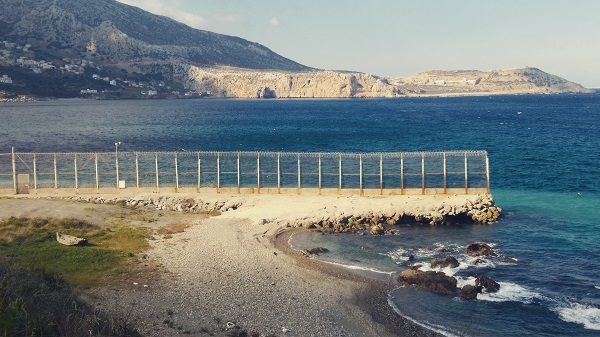Arrivals in the Canary Islands surge, reflecting a shift towards the Atlantic route with improvised accommodation facilities not meeting basic standards. Reception conditions in Melilla continue to be devastating and are criticised by Council of Europe’s Commissioner for Human Rights. Following a rescue operation south of Granada, 41 people disembarked at the Spanish mainland.
On Tuesday, the Canary Islands recorded a new peak in arrivals via the Atlantic route. Within only 24 hours, more than 300 people reached Gran Canaria, Tenerife, and Lanzarote on eleven different boats and with the assistance of the Spanish coast guard. Two days earlier, more than 140 people had arrived. However, 63 people who embarked on the Atlantic route several weeks ago continue to be missing. 202 people have reportedly died on the Atlantic route between January 1 and September 11, and many more have gone missing. With the surge in arrivals, reception facilities in the Canary Islands have reached their capacities. New arrivals are housed in improvised accommodation facilities such as port warehouses. A pediatrician who visited the facilities described the housing conditions as “worse than ever”. The increased traffic on the Atlantic route is related to intensified patrols at Morocco’s Mediterranean shores that are supported by EU funds worth more than € 100 million under EU-Morocco agreement. Subsequently, arrivals to the Spanish mainland decreased and people are pushed to the longer and even more dangerous Atlantic route.
In the Spanish enclave Melilla, reception conditions continue to be devastating. Council of Europe’s Commissioner for Human Rights Dunja Mijatovic expressed concerns regarding the situation in Melilla in a letter to members of the Spanish government. Melilla’s reception centre is under COVID-19 quarantine and hundreds of people are locked in precarious conditions with insufficient access to sanitary infrastructure, food and water, as well as asylum procedures. With the enclave’s only reception centre remaining quarantined, new arrivals are accommodated in Melilla’s bullring “plaza de toros”, currently housing around 500 individuals. “The building is not adequate for the reception and long term stay of migrants and asylum seekers” Mijatovic emphasises in her letter and urges the government to find alternative accommodation solutions. In a response to the letter, Minister of the Interior Fernando Grande-Marlaska defends the measure with reference to the “current context of the health crisis”.
A sea rescue vessel has brought 41 people to Motril port after they were spotted on a dinghy south of Granada in the night from Sunday to Monday. A FRONTEX aircraft was involved in locating the dinghy for the rescue operation. Despite Morocco’s enhanced border management, 14,712 people arrived in Spain in 2020, including 4,529 in the Canary Islands. In 2019, there have been 26,168 arrivals to Spain, including 2,698 to the Canary Islands.
For further information:
- ECRE, Spain: One Dead and Several Injured Following Attempt to Cross the Border of the Melilla Enclave, August 2020
- AIDA, AIDA 2019 update: Spain*, April 2020
- EDAL Blog, D. and N.T. v. Spain: do hot returns require cold decision-making?, February 2020
- ECRE, Spain: 55 Jump Fence to Melilla, April 2020
- ECRE, Spain: Two Persons Pushed Back to Morocco after 300 attempt to Cross Border Fence in Ceuta, January 2020
- ECRE, Op-ed: Cooperation with Morocco in the EU’s African Border – a laboratory of externalization, January 2018
Photo: ECRE
This article appeared in the ECRE Weekly Bulletin . You can subscribe to the Weekly Bulletin here.

